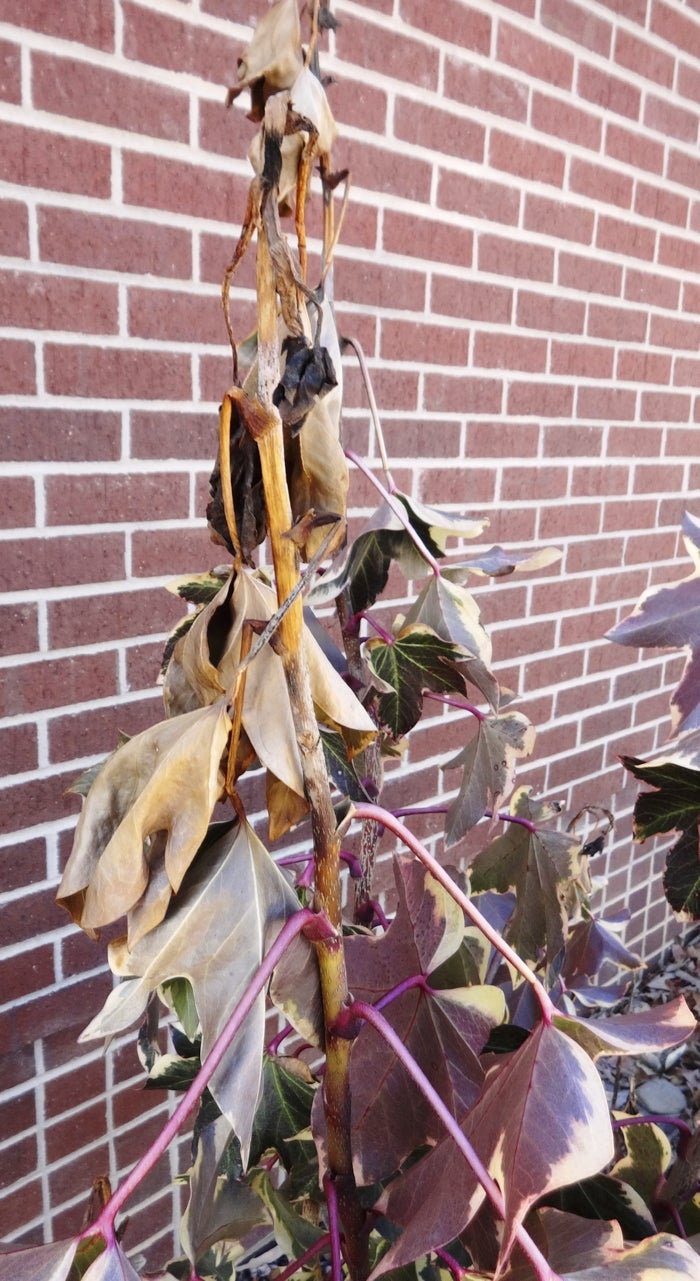Darrell Blackwelder: Deep freeze can leave deep wounds
Published 12:00 am Friday, January 9, 2015

- Cooperative Extension Cold has seriously damaged this plant, which is half-hardy in our area.
If you have lived in Rowan County for any length of time, you have now come to expect temperature extremes. Many people are concerned that their trees and shrubs will be damaged from the extreme dip in temperatures. There is really no way to predict if cold damage will occur on plant materials. Even acclimated plants may be damaged with this temperature extreme.
Cold damage may occur immediately but most of the injury does not manifest itself until early summer. Windy conditions during cold, sunny days often burn evergreen trees and shrub foliage. Leaf margins and tips of camellia, rhododendron and azaleas often are victims of leaf burn or scorch.
New plantings that are not properly acclimated may experience winter damage. Late summer fertilization exacerbates the problem by not allowing plants adequate time to harden off or acclimate for the winter. Tender, succulent growth is often damaged with unseasonable freezing weather, especially following a period of unseasonably warm weather we often experience.
Azalea and camellia stems and branches often rupture or crack after a sudden freeze. This damage is generally not evident until mid-May when sections of azalea shrubs turn brown and die. Ornamental cherry trees, flowering plum and other ornamentals in the Prunus family have dark, thin bark easily damaged by cold weather. The trees’ cambium or food conducting vessels are damaged as the bark adsorbs heat during a sunny day and splits and cracks as the temperature plummets in the evening. Generally these trees bloom as normal in the spring and then die almost immediately. This phenomenon also happens to other ornamental trees such as Japanese maples.
So, how can we do to protect our landscape plants?
- Select plants that are hardy to our region. Many of our plants are marginal (some gardenias) and burn easily with temperature extremes.
- Apply at least 6 inches of course mulch to insulate and conserve moisture during the winter months.
- Do not fertilize plants in late summer or early autumn with excessive nitrogen. However, plants need to be healthy. Keep the plants well fertilized and free from insects and disease.
- Avoid pruning in fall and early winter. Pruning stimulates growth which is often killed with late frosts and freezes. Many crepe myrtles have been killed outright by excessive fall pruning.
- Keep plants irrigated during late summer and the fall to prevent drought stress. Drought-like conditions predisposes plants to winter injury and cankers.
- Pack potted plants close together and mulch or mound soil around pots and balled and burlapped plants to insulate the roots.
Darrell Blackwelder is the county Extension director with horticulture responsibilities with the North Carolina Cooperative Extension Service in Rowan County. Learn more about Cooperative Extension events and activities by calling 704-216-8970 Facebook or online at www.rowanextension.com




